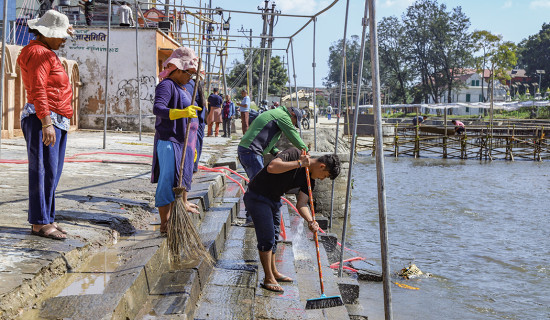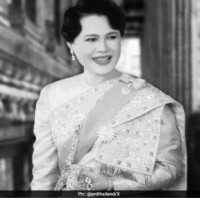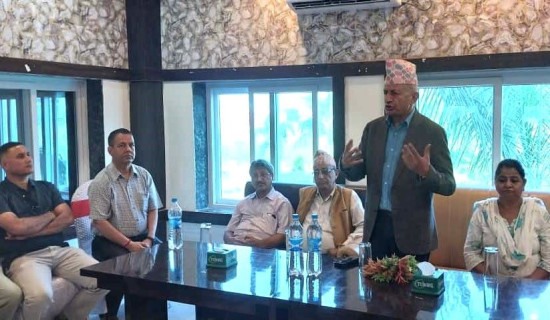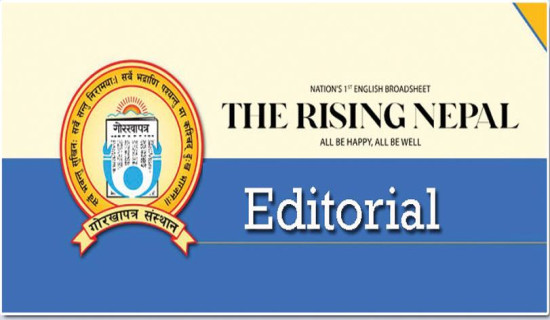- Sunday, 26 October 2025
Senior actresses disappearing, new emerging in Gurung films
By Santosh Subedi,Kaski, May 21: The first Gurung film Paaten, produced in 1995, featured lead actresses Anu Gurung and Binita Gurung, who are no longer active in the film industry.
However, their exit was not due to a lack of talent but rather family-related reasons.
According to available information, both actresses got married and are now living abroad.
Why is it that the journey of female lead actresses in Gurung films, despite having a history of nearly 27 years, does not last long? Director Maotse Gurung said, “The main reason is marriage.
After getting married, many actresses tend to leave the film industry. This is not only the case in Gurung films but also in mainstream Nepali cinema.
Among the inactive actresses are Shukla Gurung, Shobha Gurung, Parbhati Gurung and Tara Gurung, among others.
Other female actresses like Sanam Gurung, Rubina Gurung, Pratiksha Gurung, Dipti Gurung, Pramila Gurung, Sobin Gurung, and Elina Gurung have also disappeared from the film industry.
Some women entered the field hoping to build a career, but disappeared after appearing in one or two films. According to Gurung, the inability to earn a substantial income from films has led many to look for alternatives.
“Many Gurung films are produced, yet only a few actresses treat it as a serious career or profession. Most female actors do not seem to enter with the ambition to gain fame, wealth, or a solid career,” said Maotse Gurung.
“Some come to learn, but then disappear. In the past, one or two Gurung films were made each year. Now, many are made. For those who can perform well, there is a good career path ahead,” he adds, noting that age can also be a reason why some leave the field.
He further added that not just passion and interest, but having a clear career goal makes it easier for an artist to move forward. “Some actors have become so popular that filmmakers now specifically reach out to them for roles. However, some leave the industry just when their talents are being recognised. Another reason is the mind-set of ‘what’s the point of doing films?’
Still, some actresses continue to be actively involved in the Gurung film industry.
These include Jasu Gurung, Rajani Gurung, Anuta Gurung, Nista Gurung, Sabina Gurung, and Dhanmaya Gurung, among others.
Some actresses have used Gurung films as a stepping stone to mainstream Nepali cinema. Rajani Gurung acted in Talakjung vs Tulke.
Rishma Gurung got the opportunity to work in Kabaddi, Kabaddi Kabaddi and Jhumkee.
National volleyball player and actress Sipora Gurung, who rose to fame from the film Ghalek, acted in Yamphawati: The Princess and Bhui Manchhe. This shows that there is potential for female actors in Gurung films to have successful careers.
Many Gurung actresses also work as models in music videos related to rural life and tourism.
Among the more active ones in this area are Rajani, Anuta, Rasila, Indu, Urmila, Sabina, Jharna and Barsha.
Director Maotse Gurung points out that some talented actresses are unable to pursue their passion due to a lack of parental approval.
Jasu Gurung said she was inspired by literature to enter the film industry.
Starting as a side dancer, she gradually transformed into an actress, choreographer, and director, eventually engaging in film production.
Her first film was Tora. Along with acting, she has directed many music videos.
The primary market for Gurung films is in Kaski district, but efforts are being made to expand its reach.
In recent years, Gurung films have also been screened in places like Sikkim and Darjeeling in India, where some filmmakers have made decent profits.
Gurung films are also shown among Nepali communities in Hong Kong, Japan, Korea, the UK and the Gulf countries.

















